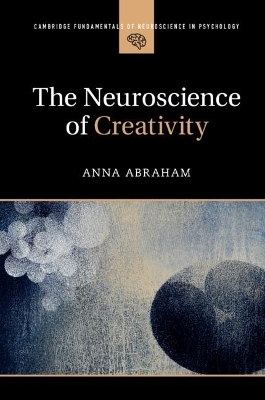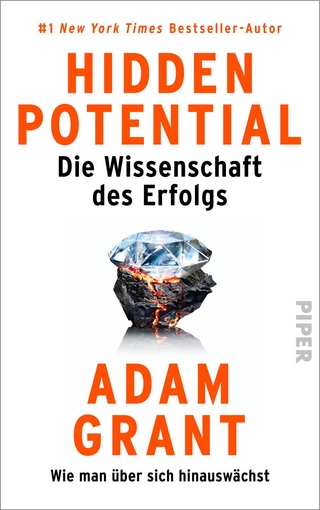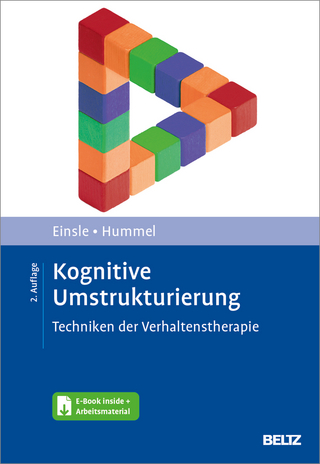
The Neuroscience of Creativity
Cambridge University Press (Verlag)
978-1-316-62961-1 (ISBN)
What happens in our brains when we compose a melody, write a poem, paint a picture, or choreograph a dance sequence? How is this different from what occurs in the brain when we generate a new theory or a scientific hypothesis? In this book, Anna Abraham reveals how the tools of neuroscience can be employed to uncover the answers to these and other vital questions. She explores the intricate workings of our creative minds to explain what happens in our brains when we operate in a creative mode versus an uncreative mode. The vast and complex field that is the neuroscience of creativity is disentangled and described in an accessible manner, balancing what is known so far with critical issues that are as yet unresolved. Clear guidelines are also provided for researchers who pursue the big questions in their bid to discover the creative mind.
Anna Abraham is a professor of psychology at the School of Social Sciences of Leeds Beckett University. She is a fellow of the Royal Society of the Arts, the Salzburg Global Seminar, and the Higher Education Academy. She is also a Member of the International Society for Fiction and Fictionality Studies, the Association for Psychological Science, the Cognitive Neuroscience Society, and the American Psychological Association's Division 10: Society for the Psychology of Aesthetics, Creativity and the Arts. Abraham edited the 2015 book Madness and Creativity: Yes, No or Maybe? and has authored numerous publications on the human imagination.
1. What is creativity?; 2. How can creativity be assessed?; 3. Cognitive explanations of creativity; 4. Brain-based global explanations of creativity; 5. Brain-based local explanations of creativity; 6. Neuroscientific methods in the study of creativity; 7. Unique problems in the neuroscientific study of creativity; 8. Musical creativity; 9. Literary creativity; 10. Visual artistic creativity; 11. Kinesthetic creativity; 12. Scientific creativity; Afterword – from cave art to latte art.
| Erscheinungsdatum | 24.10.2018 |
|---|---|
| Reihe/Serie | Cambridge Fundamentals of Neuroscience in Psychology |
| Zusatzinfo | Worked examples or Exercises |
| Verlagsort | Cambridge |
| Sprache | englisch |
| Maße | 153 x 228 mm |
| Gewicht | 660 g |
| Themenwelt | Geisteswissenschaften ► Psychologie ► Allgemeine Psychologie |
| Geisteswissenschaften ► Psychologie ► Biopsychologie / Neurowissenschaften | |
| Geisteswissenschaften ► Psychologie ► Verhaltenstherapie | |
| Medizin / Pharmazie ► Medizinische Fachgebiete | |
| Naturwissenschaften ► Biologie ► Humanbiologie | |
| Naturwissenschaften ► Biologie ► Zoologie | |
| ISBN-10 | 1-316-62961-9 / 1316629619 |
| ISBN-13 | 978-1-316-62961-1 / 9781316629611 |
| Zustand | Neuware |
| Haben Sie eine Frage zum Produkt? |
aus dem Bereich


